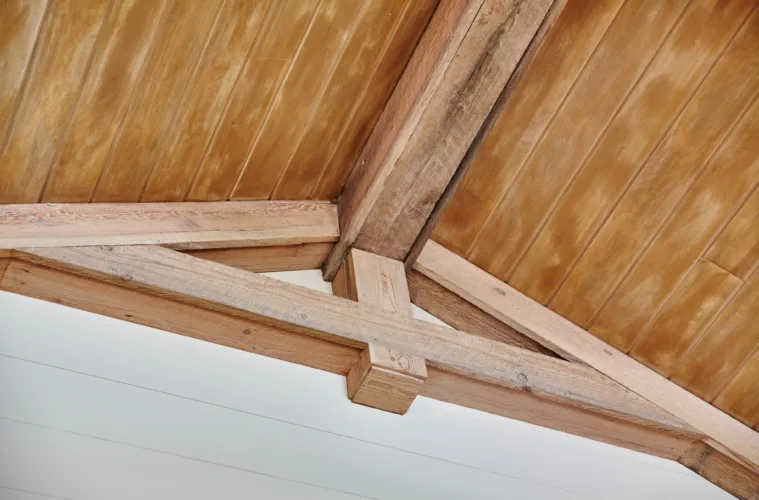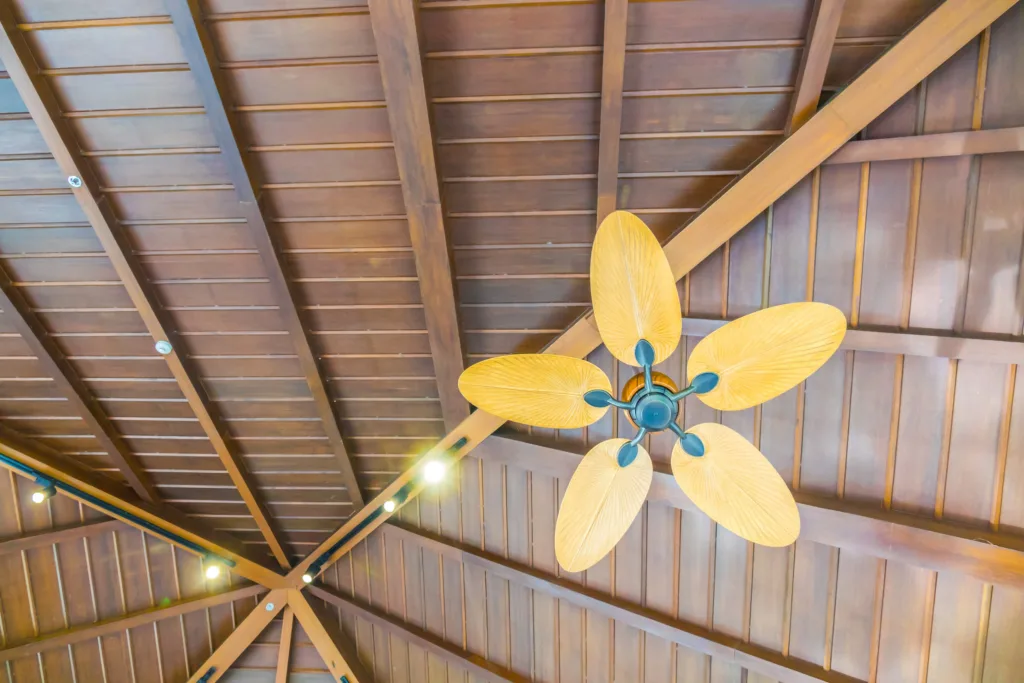I never thought I’d spend so many afternoons wandering through timber yards, but there I was, boots a little too clean for the part, brushing my fingers across rough-cut beams the size of telephone poles, imagining where each one might live in the house we were building. And not
just any house—this was the one. The forever home. The house that would host holiday dinners, graduation toasts, and the kind of slow, comfortable Sunday mornings I used to only dream about.
If you’re like me, you probably start most projects with a Pinterest board, some coffee, and a
vision that’s just slightly larger than life. That’s exactly how I ended up obsessed with hand- hewn beams. They aren’t just pieces of wood—they’re conversation starters, the kind of thing that makes someone stop mid-sentence during a house tour and tilt their head back to get a better look.
But here’s the thing: hand-hewn beams aren’t as simple as picking out hardwood floors or paint colors. These beams are an investment. The right ones can elevate a home from beautiful to unforgettable. The wrong ones can feel like overbuilt firewood. When we started the hunt for ours, I thought it would be as easy as picking a stain swatch. I quickly learned otherwise.
First lesson: reclaimed versus freshly hewn. I had always loved the idea of old wood with stories
to tell—barn beams, old mill supports, pieces that carry history in their scars. Reclaimed beams
have character you just can’t fake. But reclaimed also comes with quirks: warps, hidden insect
damage, and dimensions that don’t always play nice with modern framing. Our builder gently
reminded me that structural integrity had to win the day, no matter how romantic the origin story sounded.
In the end, we landed on a blend. For the main vaulted ceiling in the great room, I wanted the
authenticity of true reclaimed, hand-hewn beams—cracks, axe marks, old nail holes and all.
They wouldn’t carry load, but they’d carry stories. For structural spots? We went with newly milled hand-hewn beams, custom-cut to our specs, with just enough distressing to blend right in with the old ones. You get the best of both worlds: modern engineering and old-world charm.
Next, species matters. You don’t just stroll into a lumber shop and ask for "a beam." The species you choose dictates not just strength but also tone, grain, and even the way the light
plays off the surface. Oak has that iconic, timeworn texture that practically shouts permanence, while Douglas Fir lends a slightly warmer, softer look. For us, the blend of oak and fir created depth. It made the space feel layered, intentional—a curated kind of beauty.
Then there’s size. Proportion is everything. A beam that looks bold and dramatic in a showroom
can shrink into awkwardness once it’s tucked under a 20-foot ceiling. I learned to trust the old
designer adage: when in doubt, go bigger. Our great room beams are beefy, unapologetic, and
perfectly scaled to frame the fireplace and draw your eye all the way up to the peak of the
ceiling. Even now, I catch people craning their necks to admire them the second they walk in.
And finish? Another rabbit hole. I didn’t want them to look shiny or lacquered—I wanted the kind
of patina that looked earned, not applied. We chose a hand-rubbed oil finish, which let the grain
breathe and darkened the color just enough to create contrast against the crisp white walls and
stone fireplace. The effect is subtle, but unmistakably intentional.
Looking back, the beams became more than just a building choice. They were the first element I
picked that made the house start to feel like ours, not just another project on the architect’s desk. Every decision after that—light fixtures, hardware, even furniture—was made with the beams in mind. They set the tone for everything.
And isn’t that the real point of choosing something like hand-hewn beams? Sure, they do their
job structurally, but they also whisper to your guests before you even say a word. They tell
people you thought about every detail, that you built something designed to last, and that you
weren’t afraid to choose quality over convenience.
Now, when friends come by for dinner or we host neighborhood get-togethers, the beams are
the first thing people ask about. I’ll usually smile and pour another glass of wine before telling
them the whole story—the long afternoons spent at the timber yard, the back-and-forth with the
builder, the way we stood on the subfloor one rainy afternoon just to imagine how the beams
would frame the sunset through the western windows.
There’s something deeply satisfying about knowing we built a home with character woven right
into the bones. The hand-hewn beams did more than just hold up the ceiling—they held up the
vision. And that, for me, made every splinter, every decision, and every dollar worth it.




